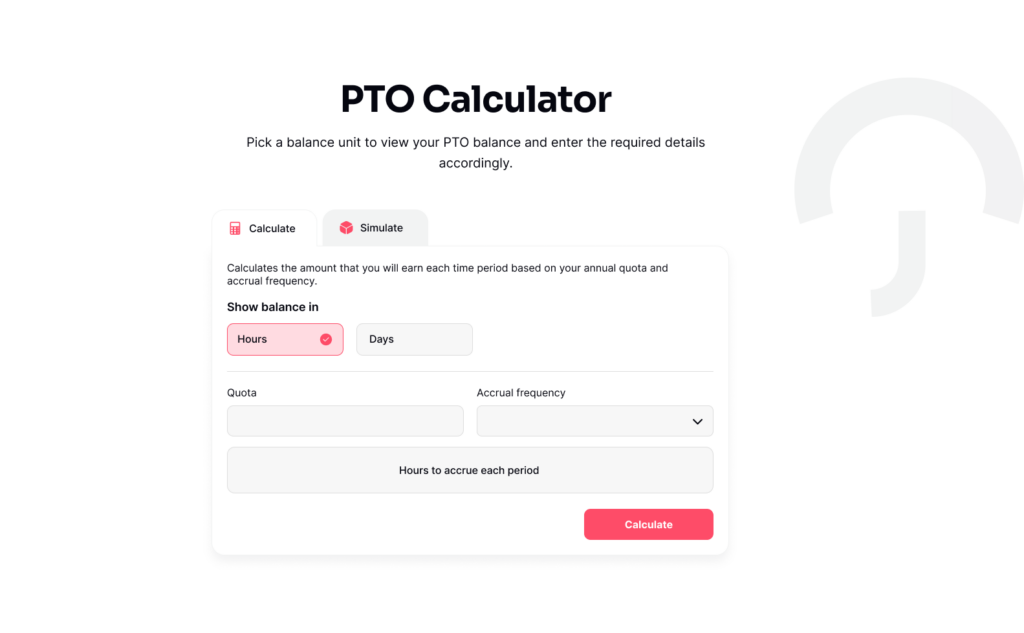Leave policies are an essential component of any organization’s human resources strategy, allowing employees to take time off for various reasons such as vacation, illness, or personal matters while ensuring business continuity. However, the concept of negative leave balances has become a contentious issue in recent years. Negative leave balances occur when employees take more leave than they have accrued or are entitled to, creating a deficit in their leave balance. In this article, we will explore the negative aspects of negative leave balances in the workplace and discuss potential solutions to strike a fair balance while ensuring employees get their much-needed day off.
The Dark Side of Negative Leave Balances
Employee Stress and Burnout:
-
- One of the primary concerns with negative leave balances is the undue stress and burnout it can cause employees, preventing them from enjoying a well-deserved day off. When workers feel pressured to continue working without taking time off, their physical and mental health can suffer. Over time, this can lead to decreased productivity, absenteeism, and higher turnover rates.
Reduced Employee Engagement:
-
- Employees who constantly worry about their negative leave balances are less likely to be engaged at work, making it challenging for them to truly relax on their day off. This lack of engagement can have a negative impact on teamwork, creativity, and overall job satisfaction, further underscoring the importance of a day off.
Legal and Ethical Issues:
-
- In some regions, negative leave balances can raise legal and ethical concerns, making it essential for employers to ensure they are complying with labor laws and regulations when allowing employees to accrue negative leave balances during their day off. Ignoring these laws can result in legal consequences and damage to an organization’s reputation.
Negative Impact on Company Culture:
-
- A culture that encourages or tolerates negative leave balances can breed resentment among employees, making it difficult for them to enjoy a harmonious day off. Those who see their colleagues consistently taking time off without consequences may feel unfairly burdened by their own workloads, causing tension and a negative atmosphere in the workplace.
Finding a Fair Balance for the Day Off
While negative leave balances can have detrimental effects on both employees and organizations, there are ways to strike a fair balance and ensure that everyone gets their well-deserved day off:
Clear Leave Policies:
-
- Employers should establish and communicate clear leave policies to all employees, emphasizing the importance of taking their day off. These policies should outline how leave accrual works, the maximum allowed negative balance, and any penalties for exceeding it. Transparency helps manage expectations and reduce misunderstandings.
Encourage Time Off:
-
- Employers should actively encourage employees to take their entitled leave, particularly their day off. This can be achieved through awareness campaigns, incentives, or even mandatory vacations to ensure that employees recharge and maintain a healthy work-life balance.
Implement Flexible Work Arrangements:
-
- Offer flexible work arrangements such as remote work or flexible hours to accommodate employees’ personal needs and provide them with opportunities for a day off. This can reduce the need for extensive time off and help employees manage their leave balances more effectively.
Monitor and Manage Leave Balances:
-
- Regularly track and monitor employees’ leave balances, ensuring they have the chance to plan their day off. Identify those with consistently negative balances and work with them to find solutions, such as advanced accruals, unpaid leave, or additional support.
Consider Employee Well-being:
-
- Prioritize employee well-being by offering support programs, such as counseling services, stress management workshops, and mental health resources. A healthy and happy workforce is more likely to use their leave appropriately and enjoy their day off.
Frequently Asked Questions (FAQ) About Negative Leave Balances and Day Off Policies
What exactly is a negative leave balance?
A negative leave balance occurs when an employee takes more leave than they have accrued or are entitled to. For example, if an employee has only 2 days of leave but takes 5, their leave balance becomes -3. This essentially means they have borrowed future leave days. Some companies allow this under special circumstances, while others strictly prohibit it.
Why do organizations allow negative leave balances?
Many organizations offer negative leave balances as a gesture of flexibility and trust. This practice allows employees to take time off during emergencies or unforeseen situations without losing pay or facing disciplinary action. It’s especially common in companies that prioritize employee well-being and understand that personal or family matters can arise unexpectedly.
What are the risks of allowing negative leave balances?
Allowing negative leave balances can lead to several issues:
-
Financial risk: If an employee resigns before repaying the borrowed leave, the company may face payroll complications.
-
Operational challenges: When multiple employees take leave in advance, it can create workforce shortages.
-
Employee stress: Employees may feel pressured to “repay” their negative balance by avoiding future time off.
-
Legal issues: In some regions, this practice might violate labor regulations.
Are negative leave balances legal?
The legality of negative leave balances varies by country and even by region. Some labor laws strictly prohibit employees from taking leave they haven’t accrued, while others permit it under certain conditions. Employers must review local regulations and ensure that their policies are compliant to avoid legal complications.
How can employers prevent misuse of negative leave balances?
Employers can:
-
Set clear guidelines on the maximum negative leave allowed.
-
Require managerial approval before granting negative leave.
-
Limit the practice to specific cases such as medical emergencies.
-
Use leave management tools like Day Off app to track and control balances in real time.
How can the Day Off app help manage negative leave balances?
The Day Off app provides organizations with a simple and effective way to track leave accruals and balances. It includes a negative balance feature that can be turned on or off depending on company policy. This ensures transparency for both employees and HR managers, preventing confusion or disputes about remaining leave days.
What happens if an employee with a negative leave balance resigns?
If an employee leaves the company with a negative leave balance, the employer may deduct the equivalent value of the unearned leave from the employee’s final paycheck. However, this depends on company policy and local employment laws. Employers should clearly outline this process in the employment contract or leave policy.
How can organizations encourage employees to take their day off responsibly?
Companies can foster a healthy leave culture by:
-
Actively promoting the importance of rest and recovery.
-
Recognizing and rewarding employees who maintain work-life balance.
-
Offering flexible work options that make it easier for employees to take short breaks or days off.
-
Leading by example, when managers take their own time off, it sets a positive precedent.
What should employees do if they find themselves in a negative leave situation?
Employees should:
-
Discuss the situation with their HR department or supervisor.
-
Plan to gradually repay the negative balance by accruing future leave.
-
Avoid taking additional leave until the balance returns to zero.
-
Seek flexible work options (like remote work or adjusted schedules) to manage personal obligations without using more leave.
How can companies balance flexibility with accountability in leave management?
The key is to combine empathy with structure. Employers should:
-
Offer flexibility for genuine personal or family emergencies.
-
Use transparent systems like the Day Off app to monitor balances.
-
Review leave policies regularly to ensure fairness and compliance.
-
Educate managers to handle leave requests consistently and compassionately.
What role does company culture play in managing negative leave balances?
Company culture significantly influences how leave policies are perceived and practiced. A culture that values well-being, transparency, and trust encourages employees to take time off responsibly. Conversely, a culture that glorifies overwork or penalizes time off can lead to negative leave misuse, burnout, and dissatisfaction.
Can negative leave balances ever be beneficial?
Yes, when managed properly, negative leave balances can be a valuable tool for employee retention and morale. Allowing an employee to take advance leave during a crisis demonstrates trust and compassion, which can strengthen loyalty and engagement. The key is setting clear limits and expectations to prevent long-term issues.
Conclusion
Negative leave balances can leading to employee stress and burnout while also posing legal and ethical challenges for employers. Striking a fair balance between allowing flexibility and ensuring employee well-being, including their day off, is crucial. By implementing clear policies, encouraging time off, and supporting employees, organizations can create a work environment where leave policies are seen as beneficial rather than detrimental, ultimately allowing employees to enjoy a well deserved day off while maintaining productivity and engagement.












